When it comes to efficient, full-body workouts, few pieces of equipment rival the rowing machine. Often overlooked in favor of treadmills or bikes, this powerhouse—also known as an erg or ergometer—delivers an intense, low-impact workout that challenges your cardiovascular system, builds muscular strength, and burns serious calories—all in one fluid motion.
A True Full-Body Workout
Many gym-goers are surprised to learn that rowing activates about 86% of your body’s muscles. From your legs and glutes driving the push-off, to your core stabilizing the movement, and your arms and back powering through the pull—every major muscle group is engaged. It’s rare to find an exercise machine that offers this level of total-body conditioning without the high joint impact of running or jumping.
Cardiovascular and Strength Gains—Together
Rowing is both aerobic and anaerobic. That means it builds endurance and muscular strength simultaneously. Whether you’re doing steady-state cardio or high-intensity intervals, the benefits of stationary rowing extend far beyond basic calorie burn. It boosts heart health, increases lung capacity, and improves your body’s ability to use oxygen—essential for everything from daily activities to athletic performance.
Personally, I incorporated 20-minute rowing sessions three times a week during marathon training to improve stamina without pounding my joints. The difference in my overall conditioning and core stability was noticeable within a month.
Joint-Friendly but Intense
If you’re nursing old injuries or simply want a low-impact alternative to running, rowing is a smart choice. The motion is fluid and controlled, which minimizes stress on your knees, hips, and ankles. That makes rowing particularly suitable for older adults, those recovering from injury, or anyone with joint concerns—without sacrificing workout intensity.
Core Engagement and Postural Support
Rowing requires sustained engagement of the core muscles. Unlike traditional ab exercises, which isolate the area, rowing integrates your abs and lower back throughout the movement. Over time, this strengthens your posture, stabilizes your spine, and can even help alleviate lower back pain caused by sedentary lifestyles or muscular imbalances.
Mental Resilience and Rhythm
There’s something meditative about rowing—especially on a quiet morning. The consistent rhythm, controlled breathing, and full-body coordination foster a sense of mental clarity. It demands focus and precision, making it an excellent tool for stress relief and mindfulness during exercise.
Compact and Versatile
Indoor rowers are ideal for home gyms. They require less space than most cardio machines and can be folded or stored upright when not in use. Plus, rowing workouts are easily modifiable—whether you’re a complete beginner or an elite athlete, the resistance and intensity scale with your effort.
Benefits for Women: Strength Without Bulk
Many women shy away from resistance training for fear of "bulking up." Rowing challenges your muscles in a way that builds lean, toned definition, especially in the legs, back, and arms. It’s a confidence-boosting workout that enhances strength, endurance, and metabolic function—while still feeling graceful and empowering.
In Summary: What Is a Rower Good For?
-
Total-body strength and cardio in one
-
Low-impact, joint-friendly motion
-
Improves posture, balance, and core strength
-
Scalable for all fitness levels
-
Boosts endurance, heart health, and mental clarity
-
Ideal for weight loss, muscle tone, and functional fitness
Whether you're a beginner starting your fitness journey or an athlete looking to cross-train, the rowing machine is one of the most effective and underrated tools in any gym. It's not just about rowing—it's about becoming stronger, more balanced, and more resilient from the inside out.


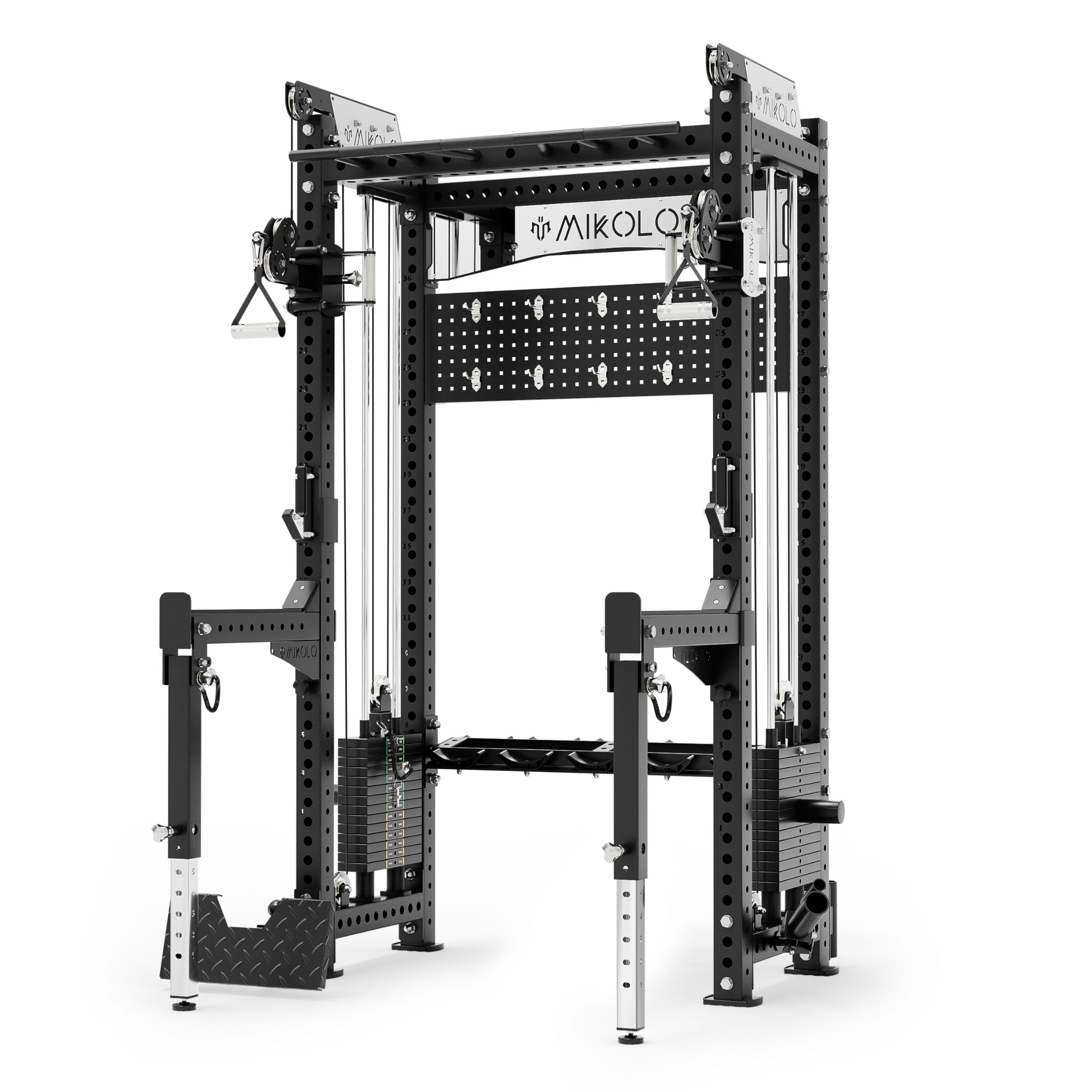
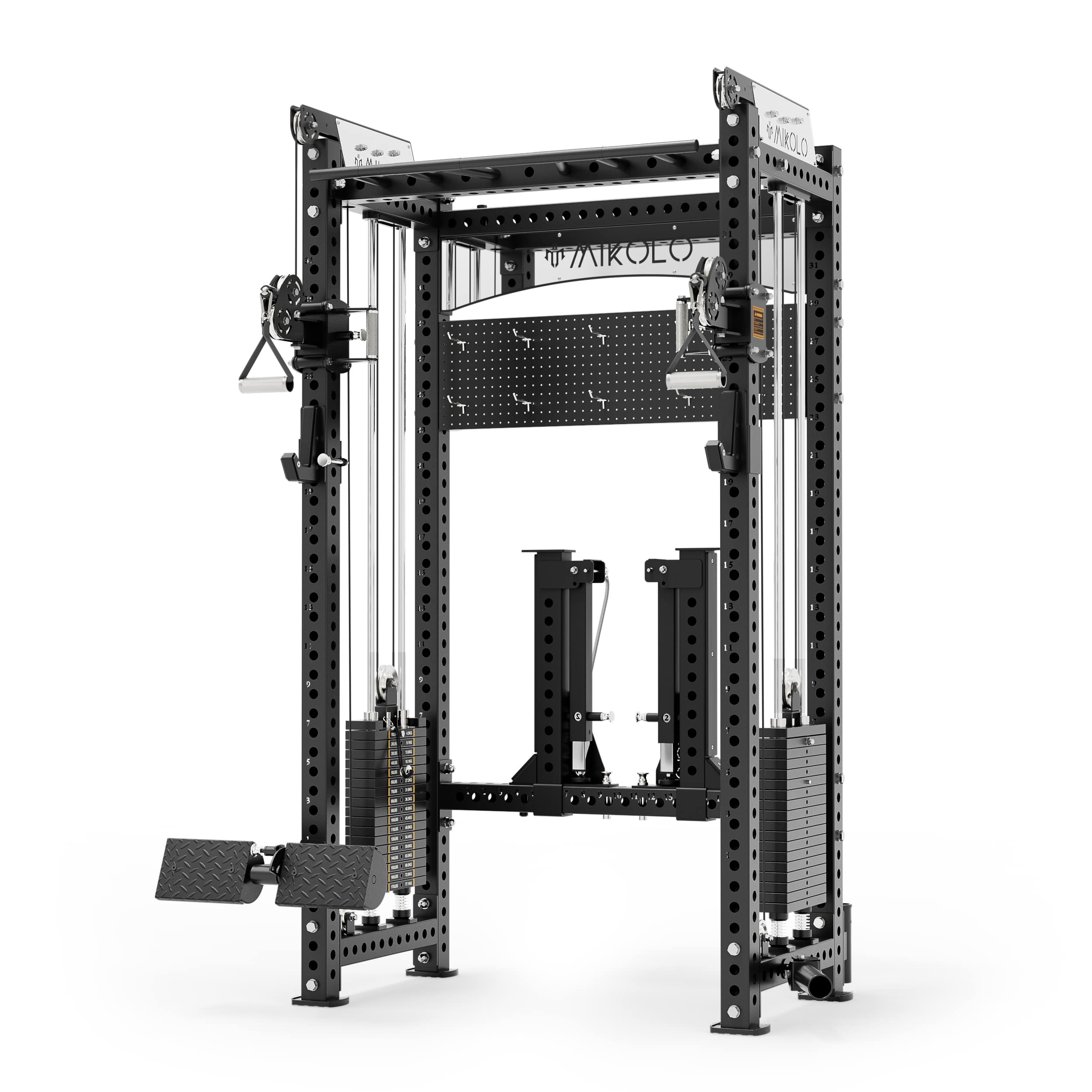
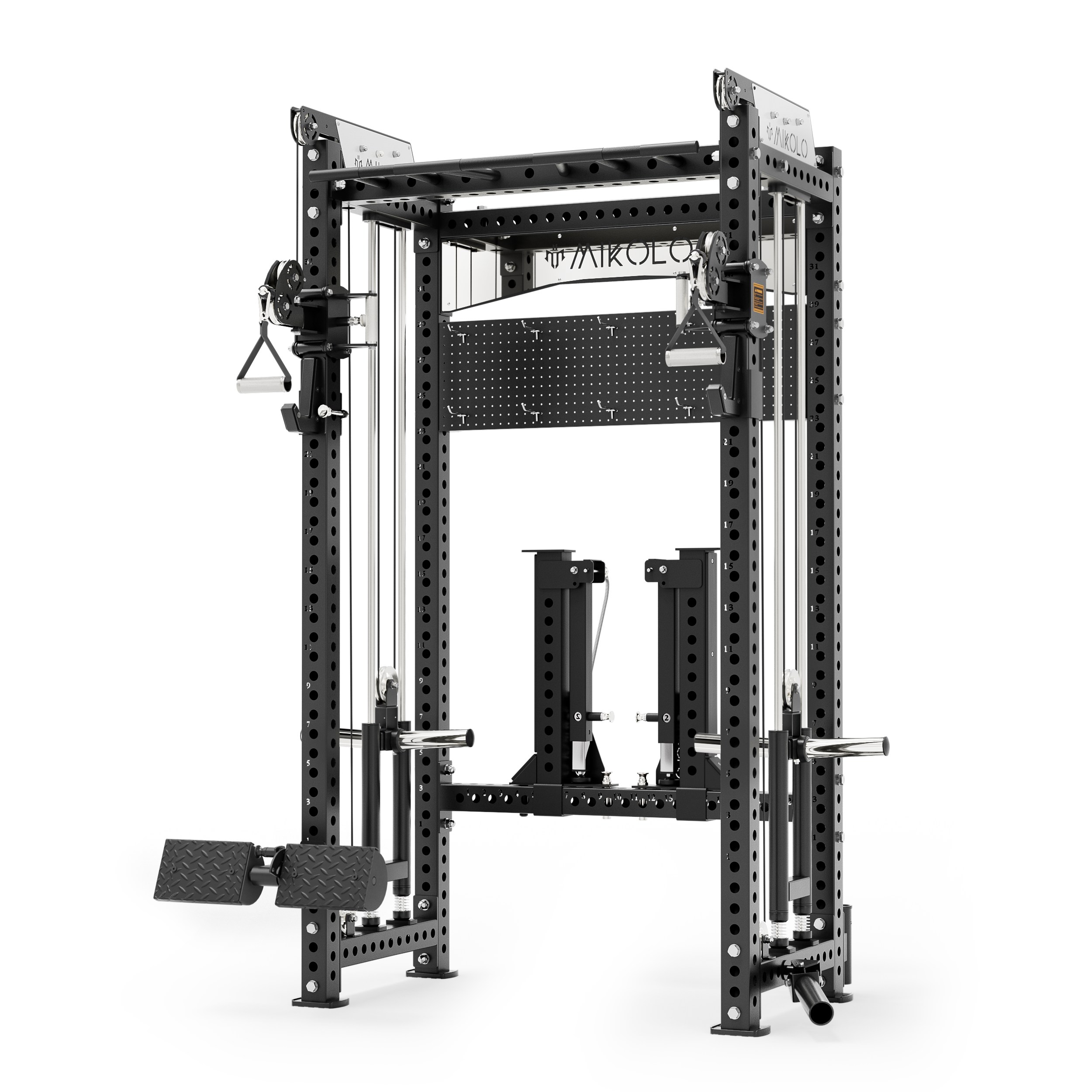
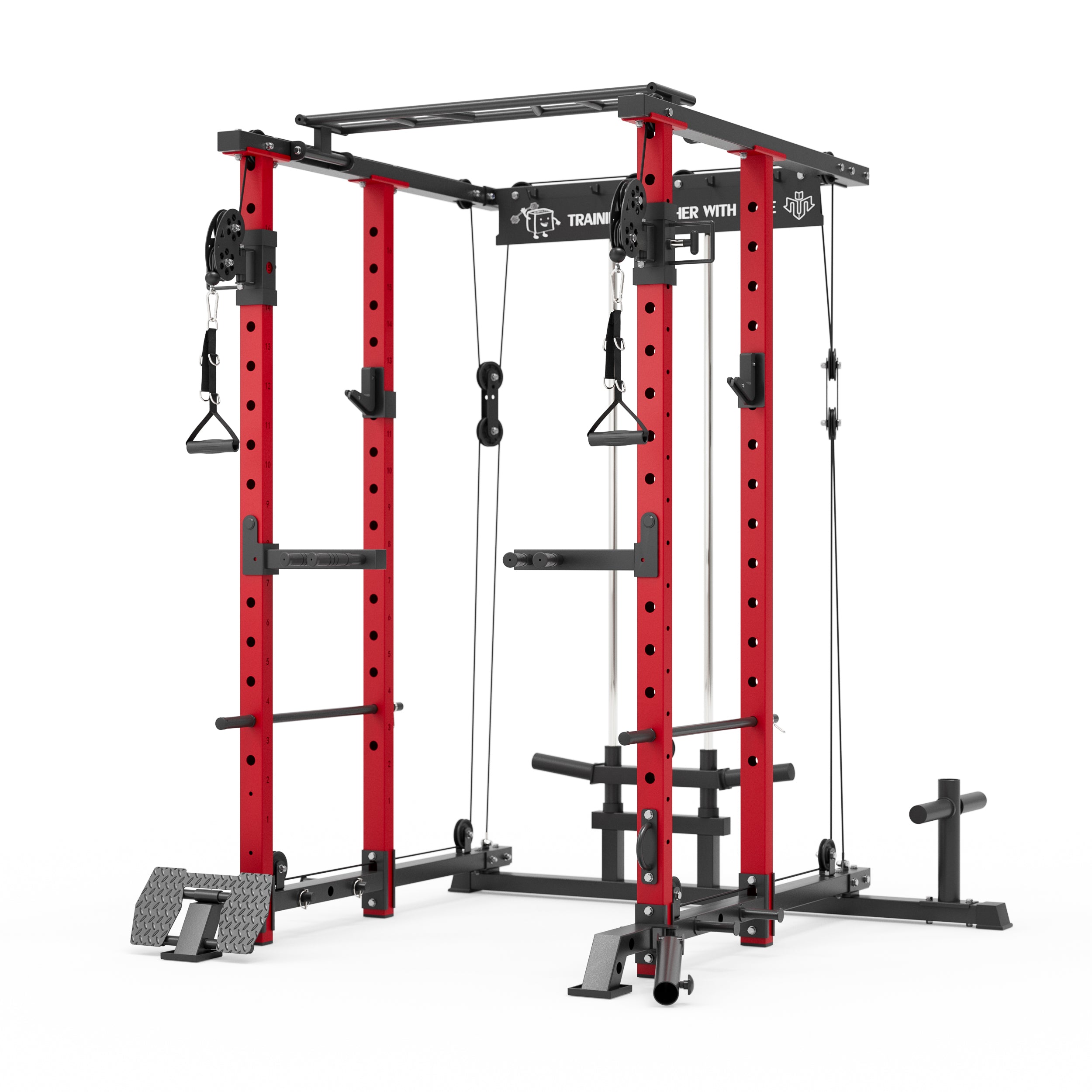

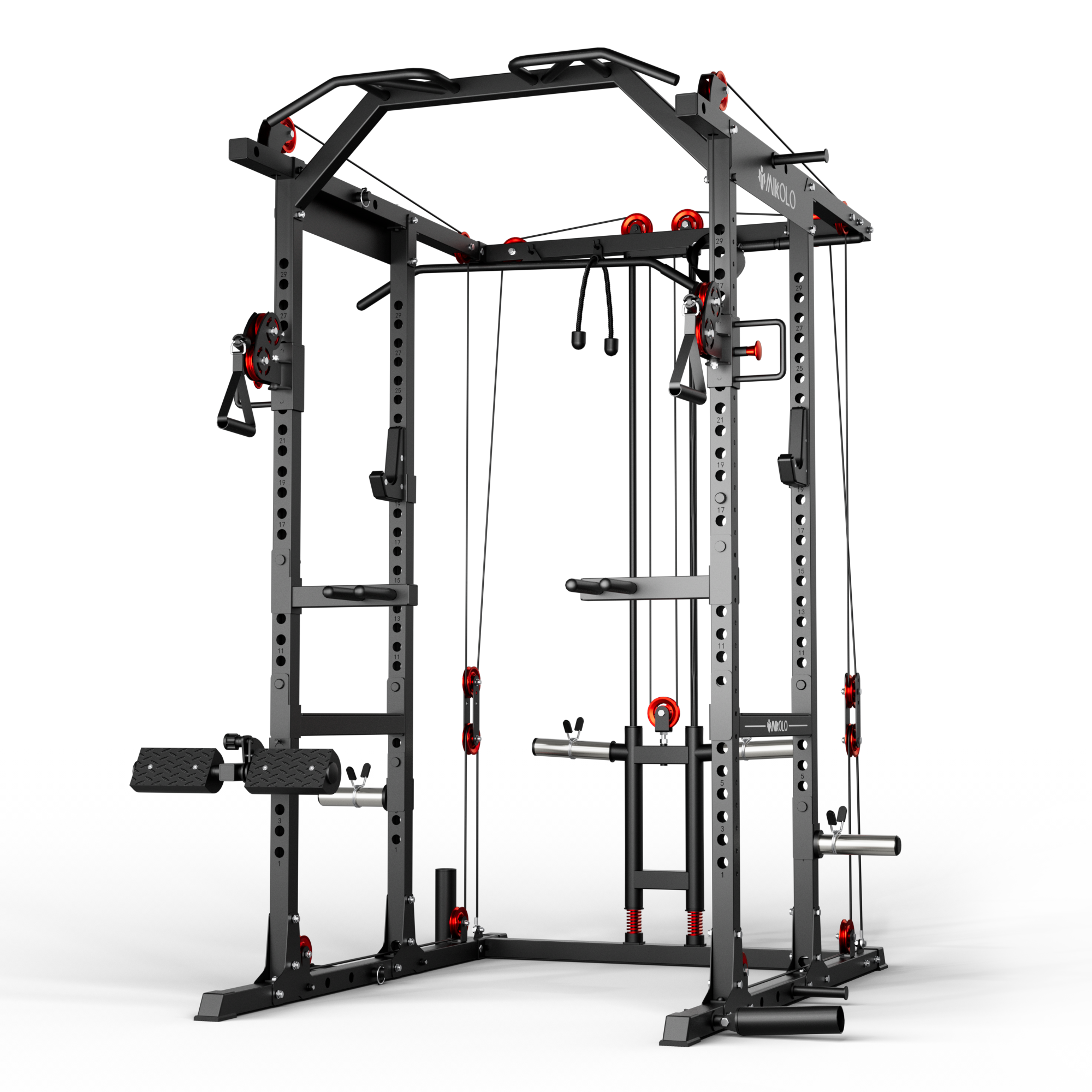
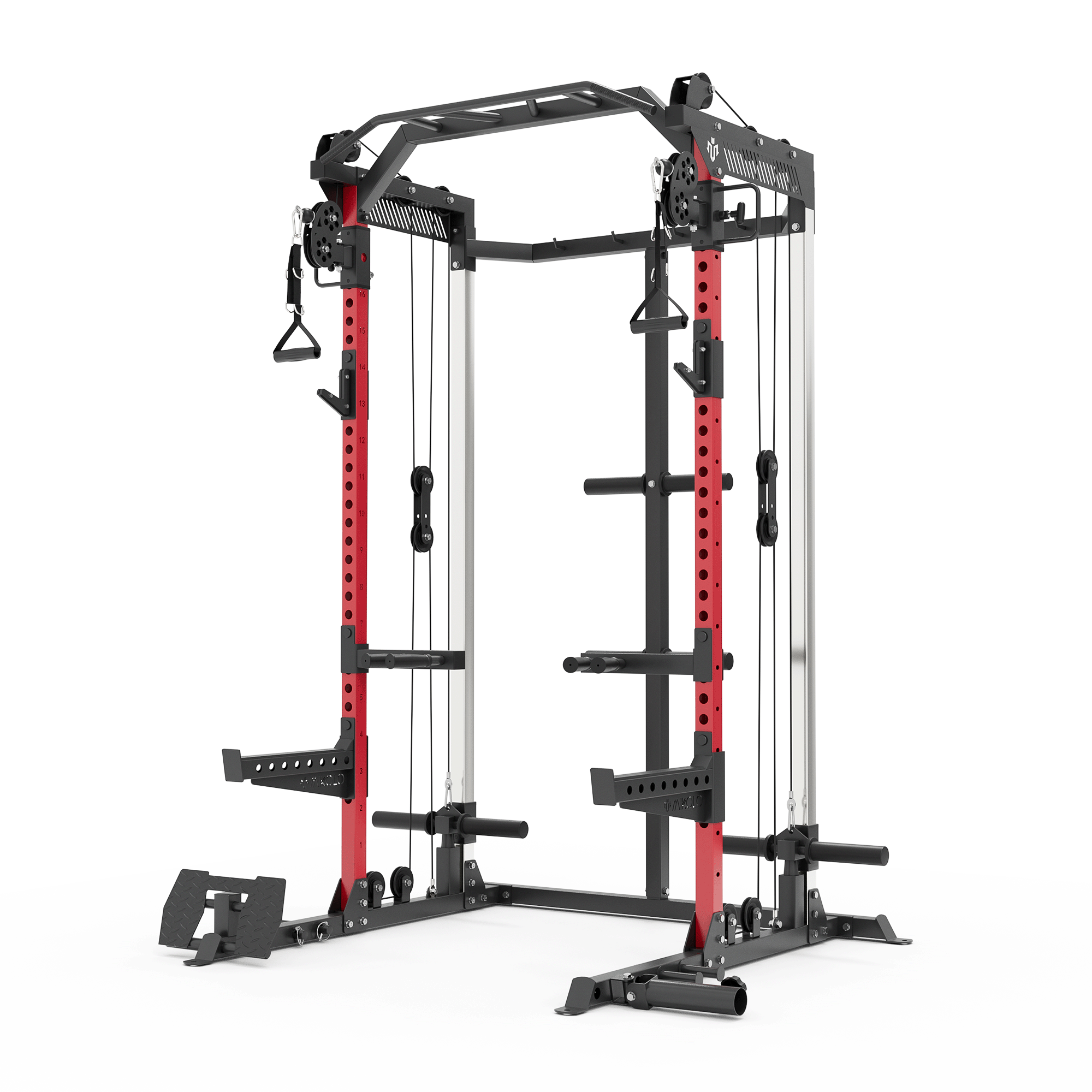

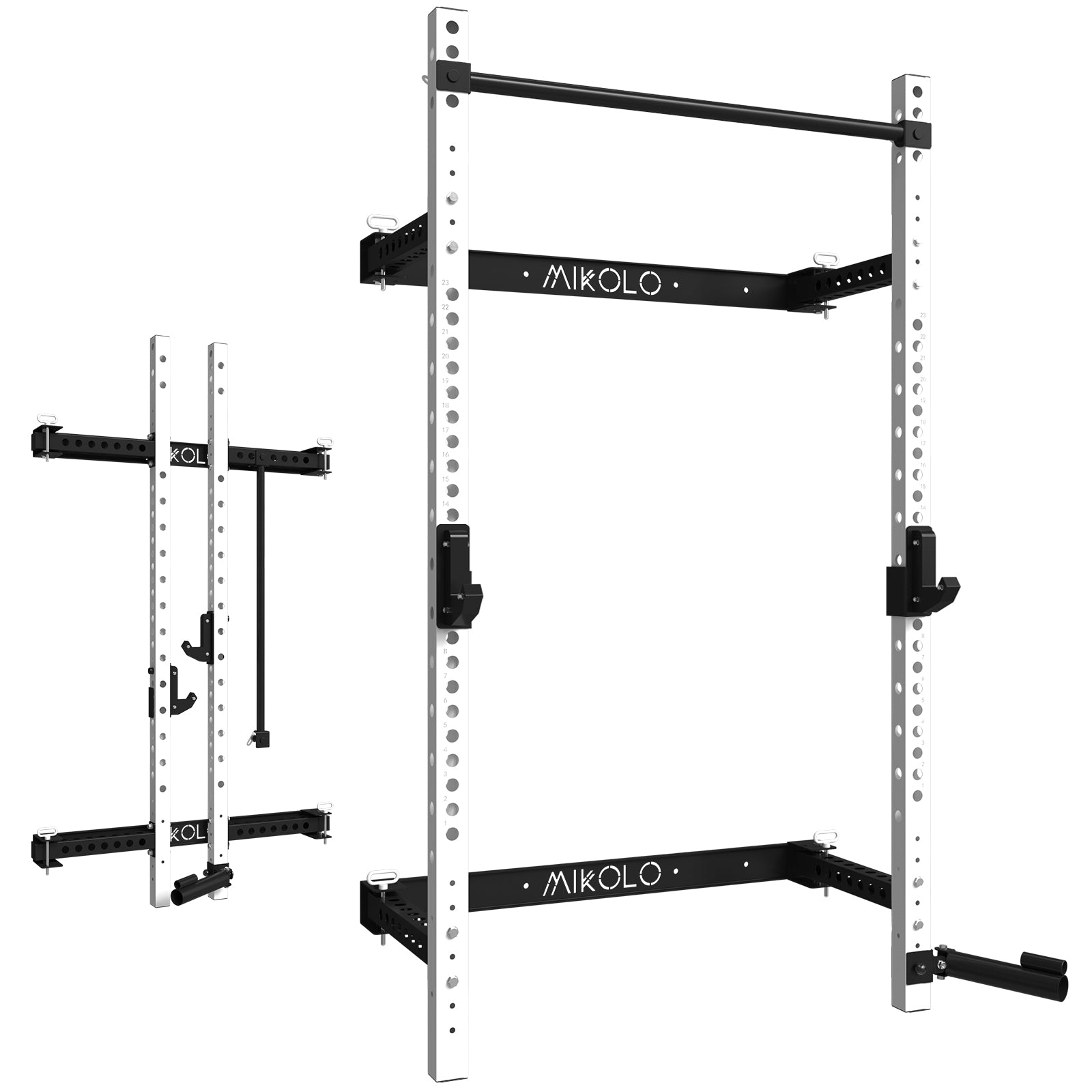


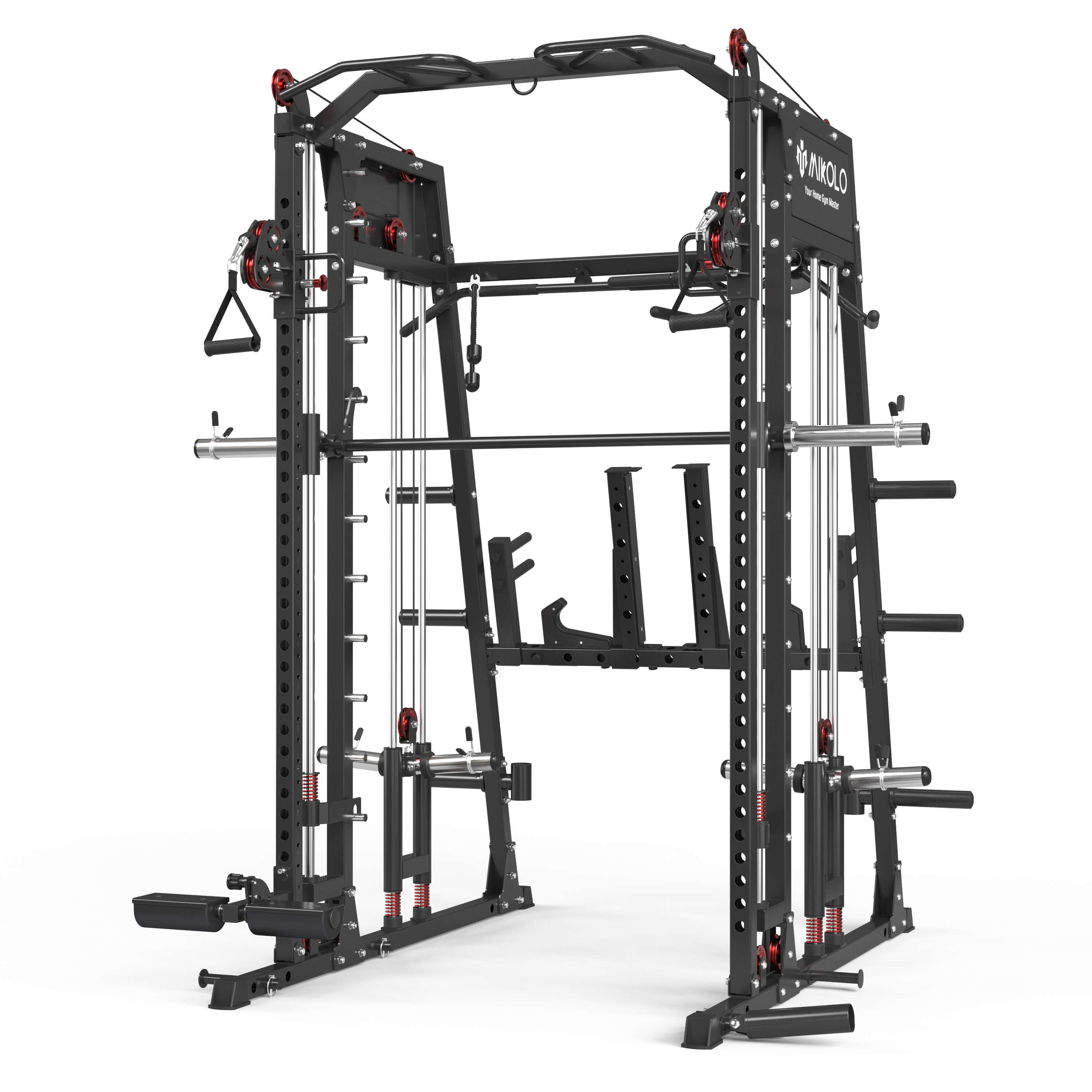
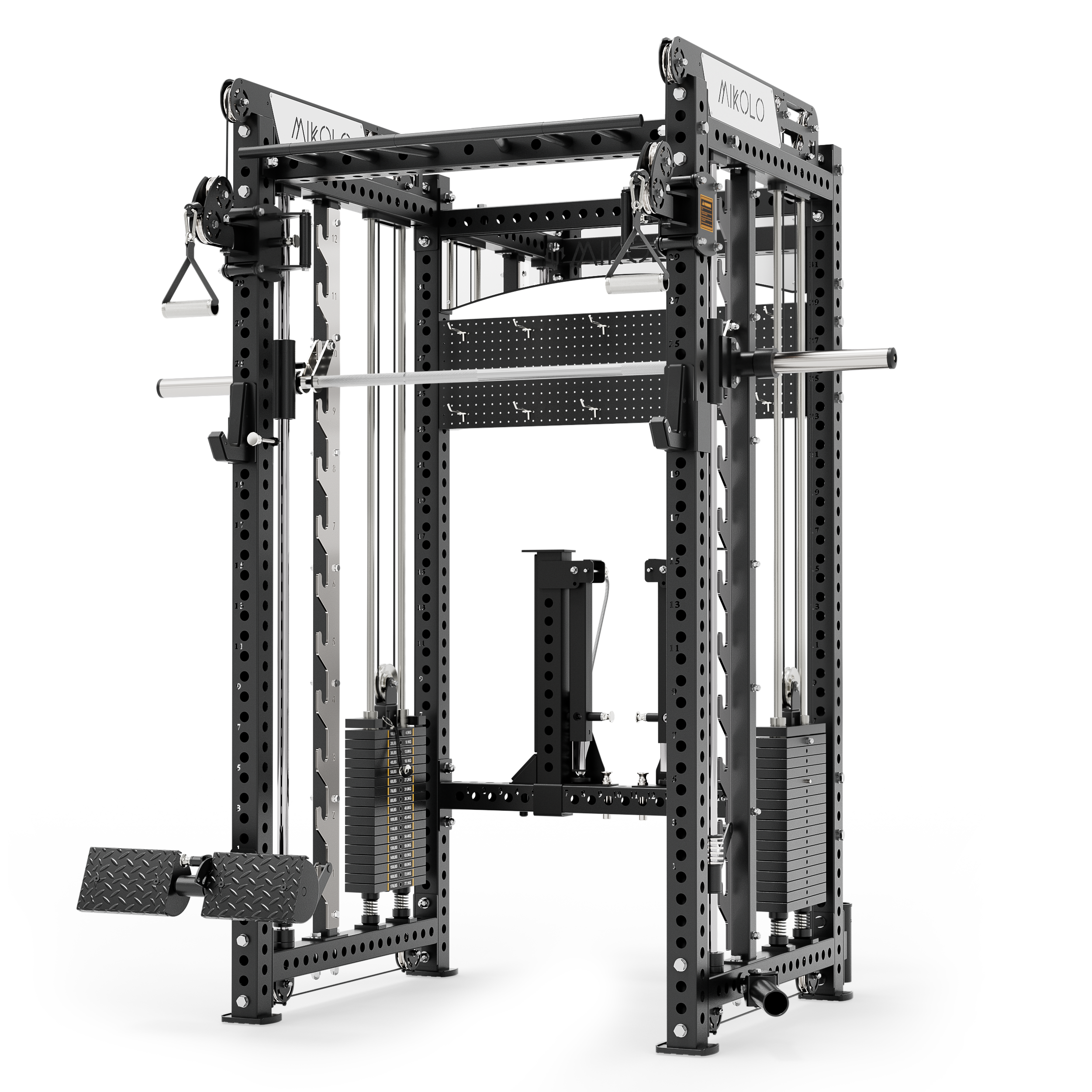
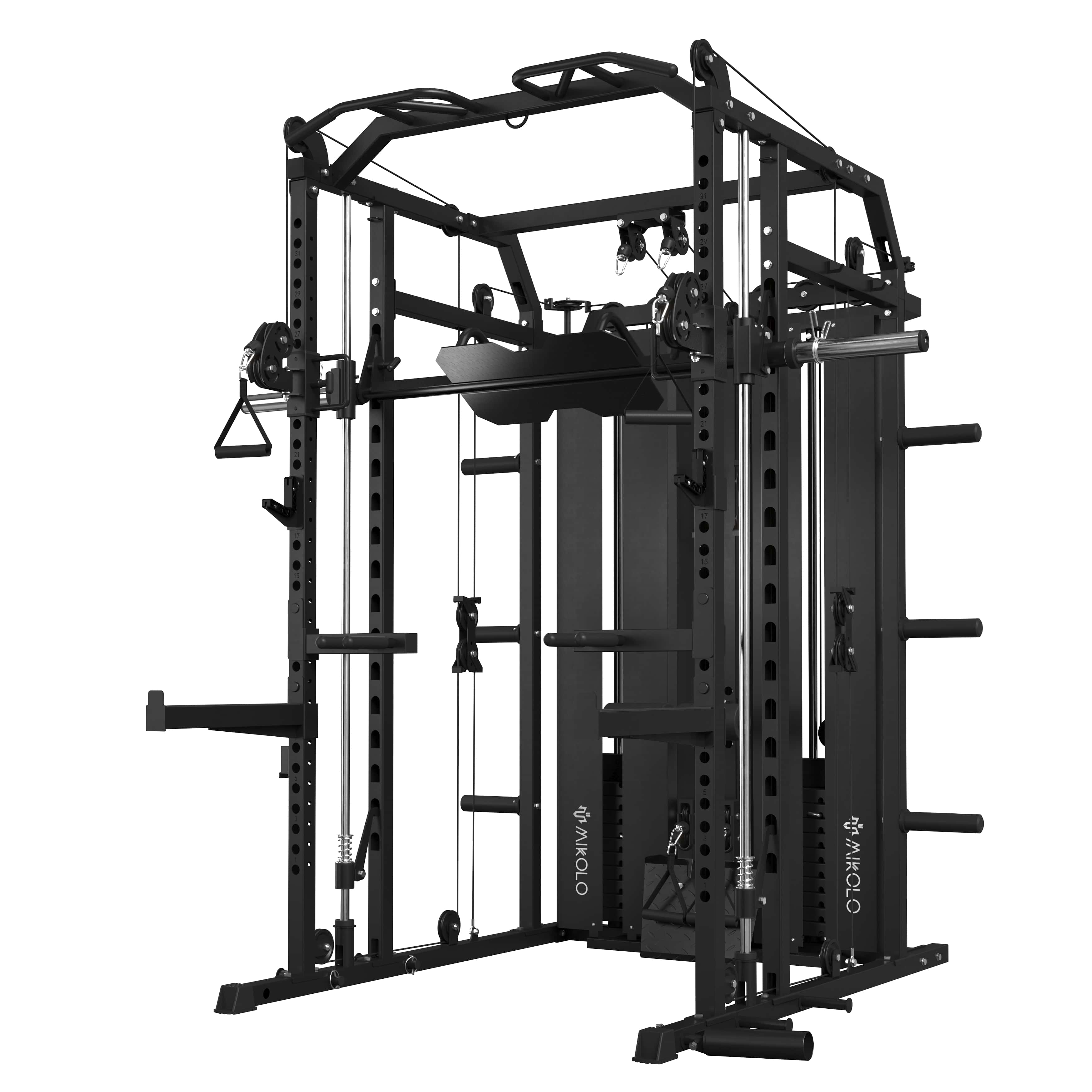
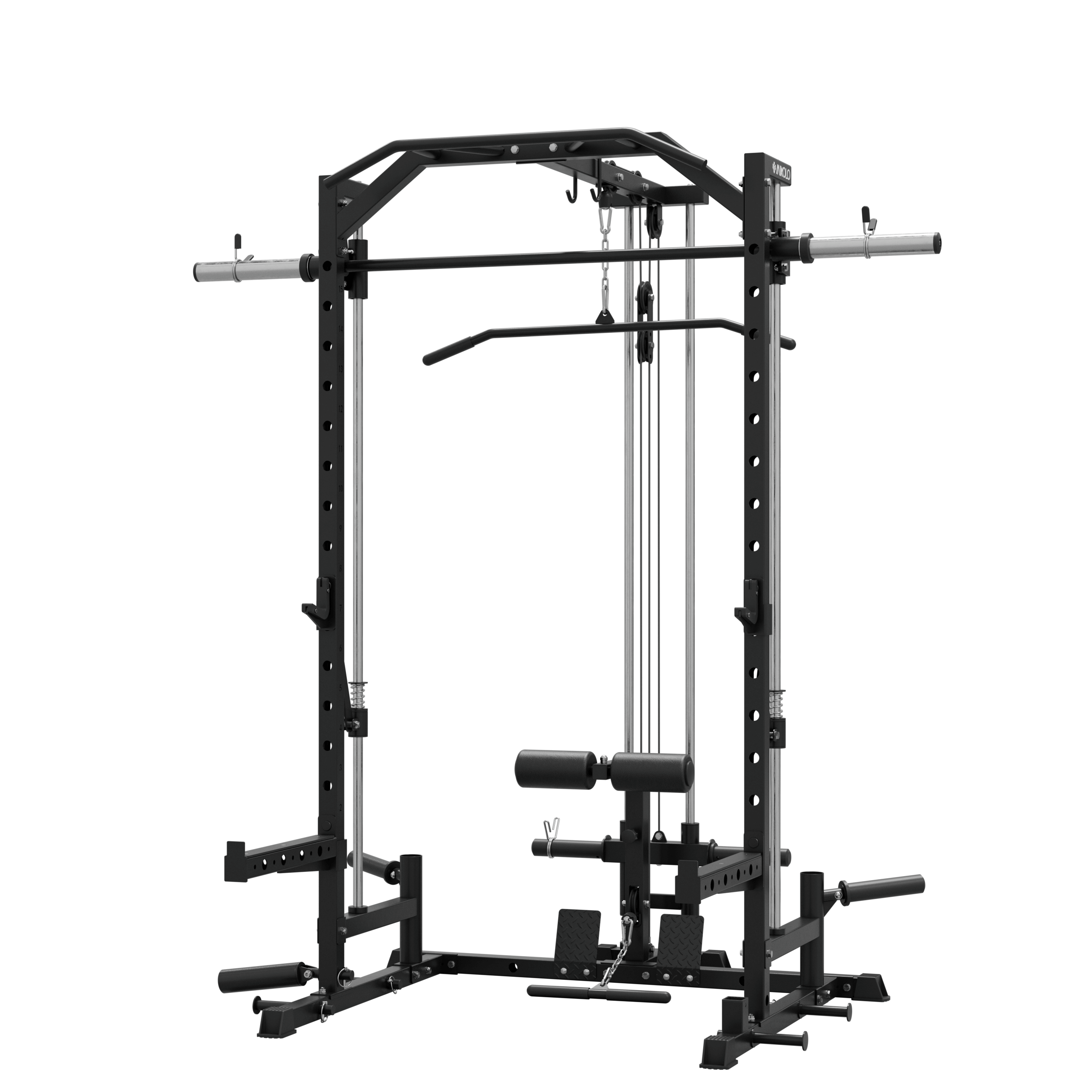
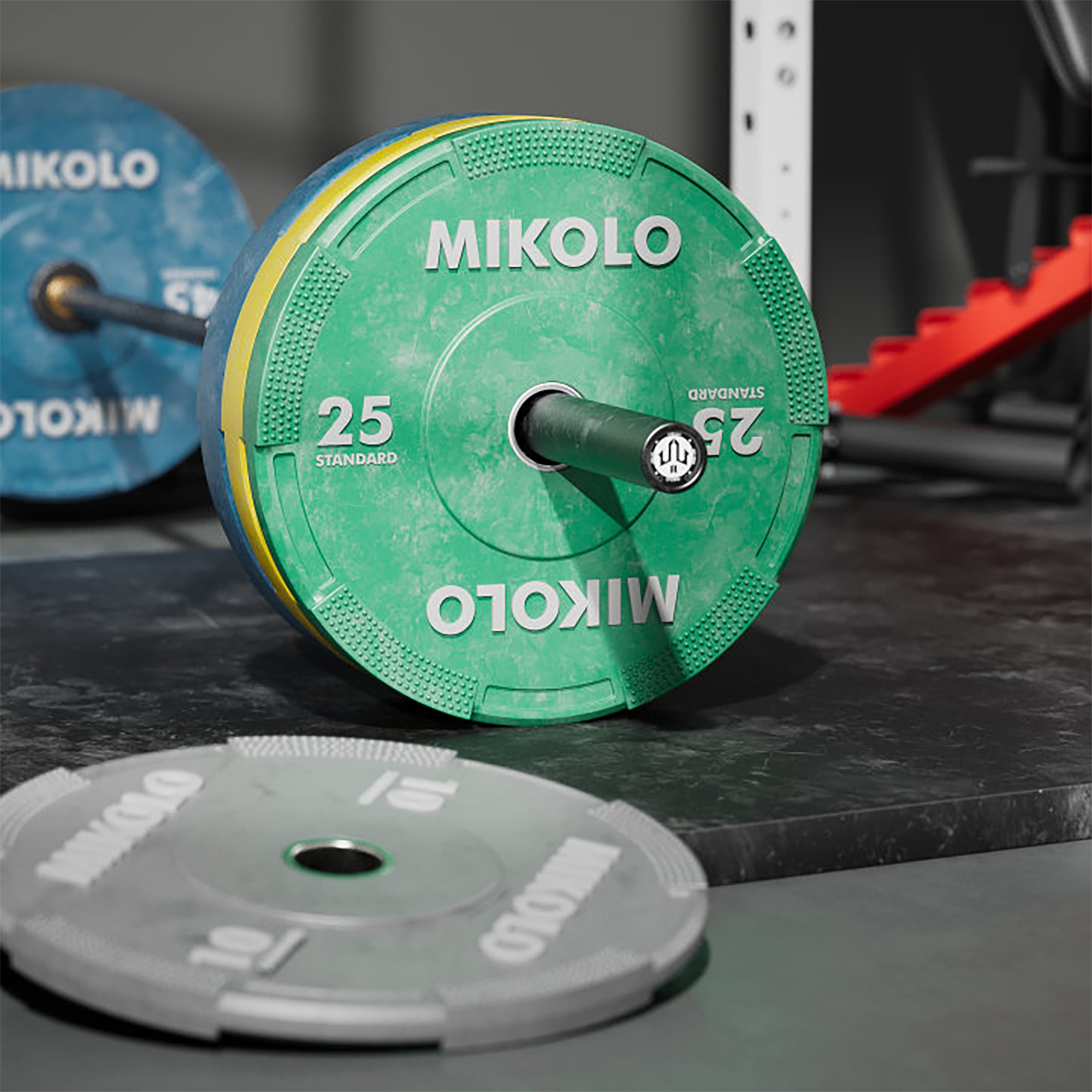
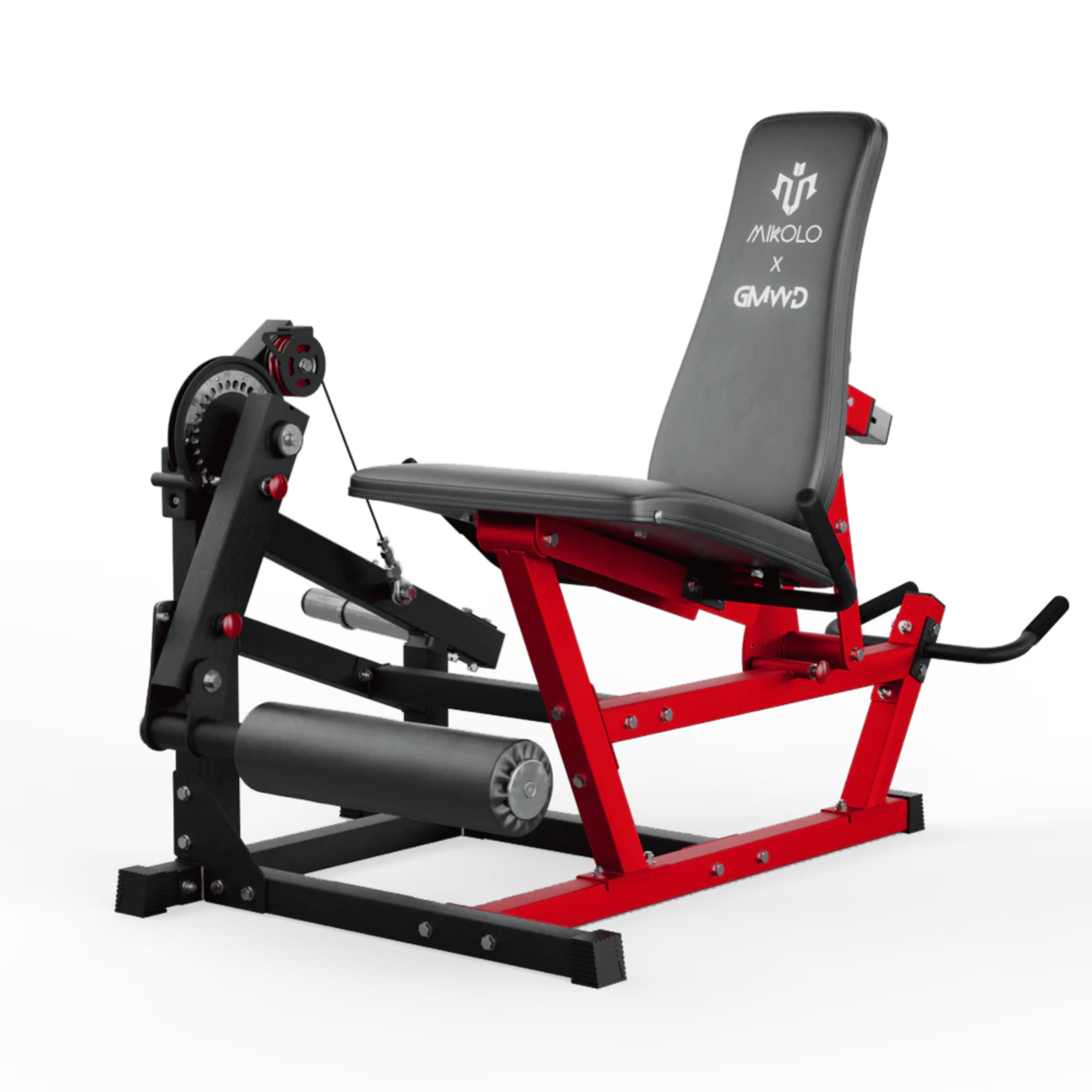
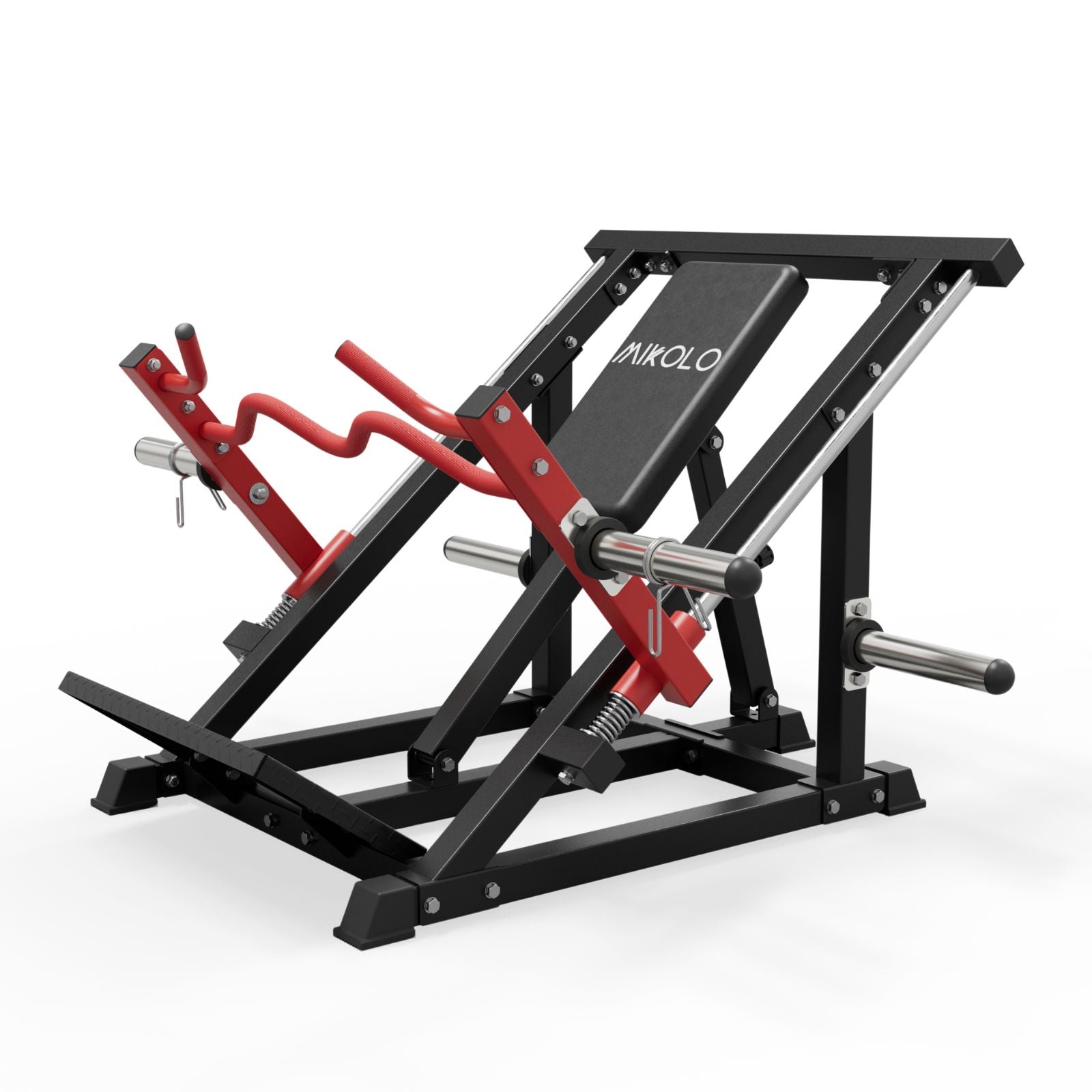
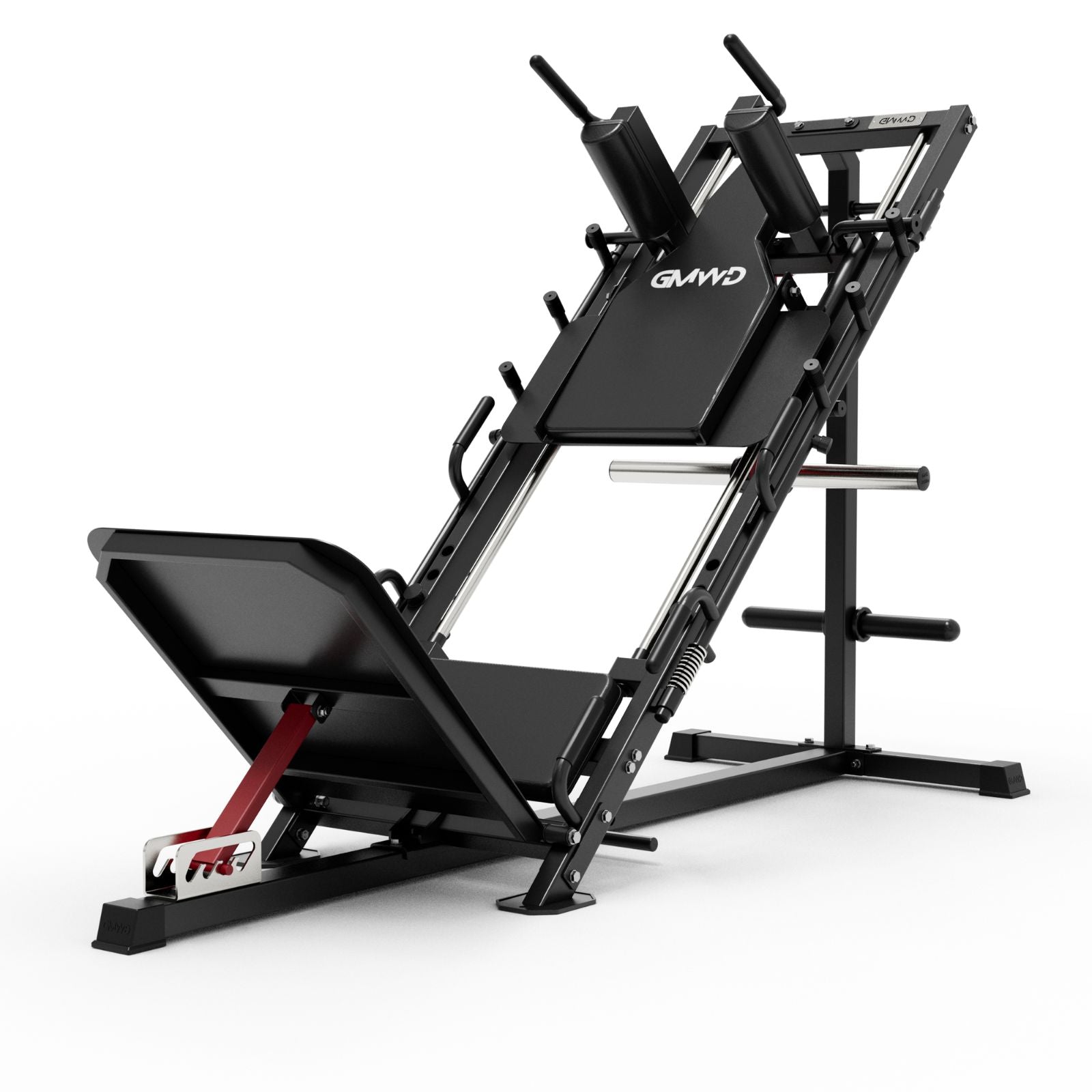


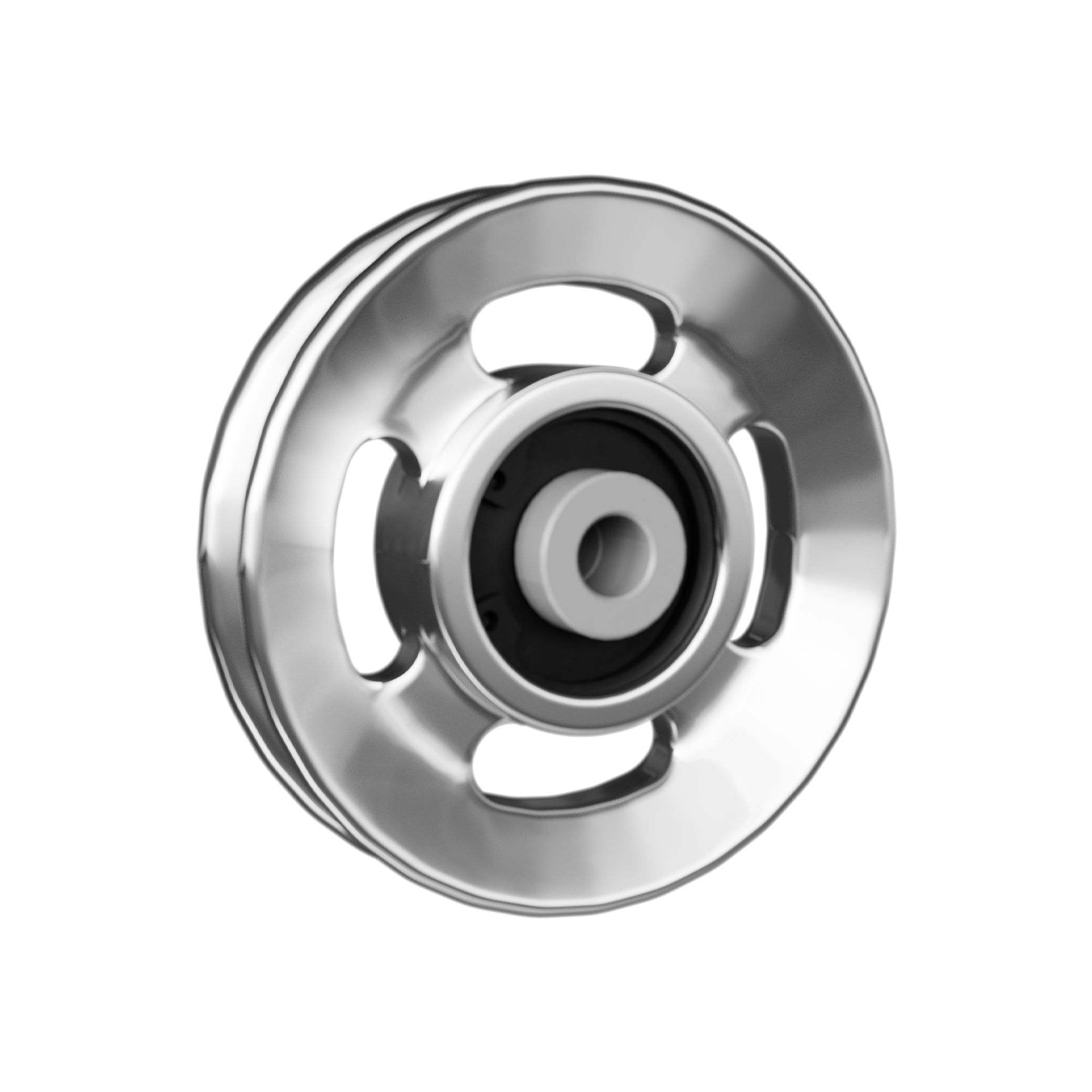
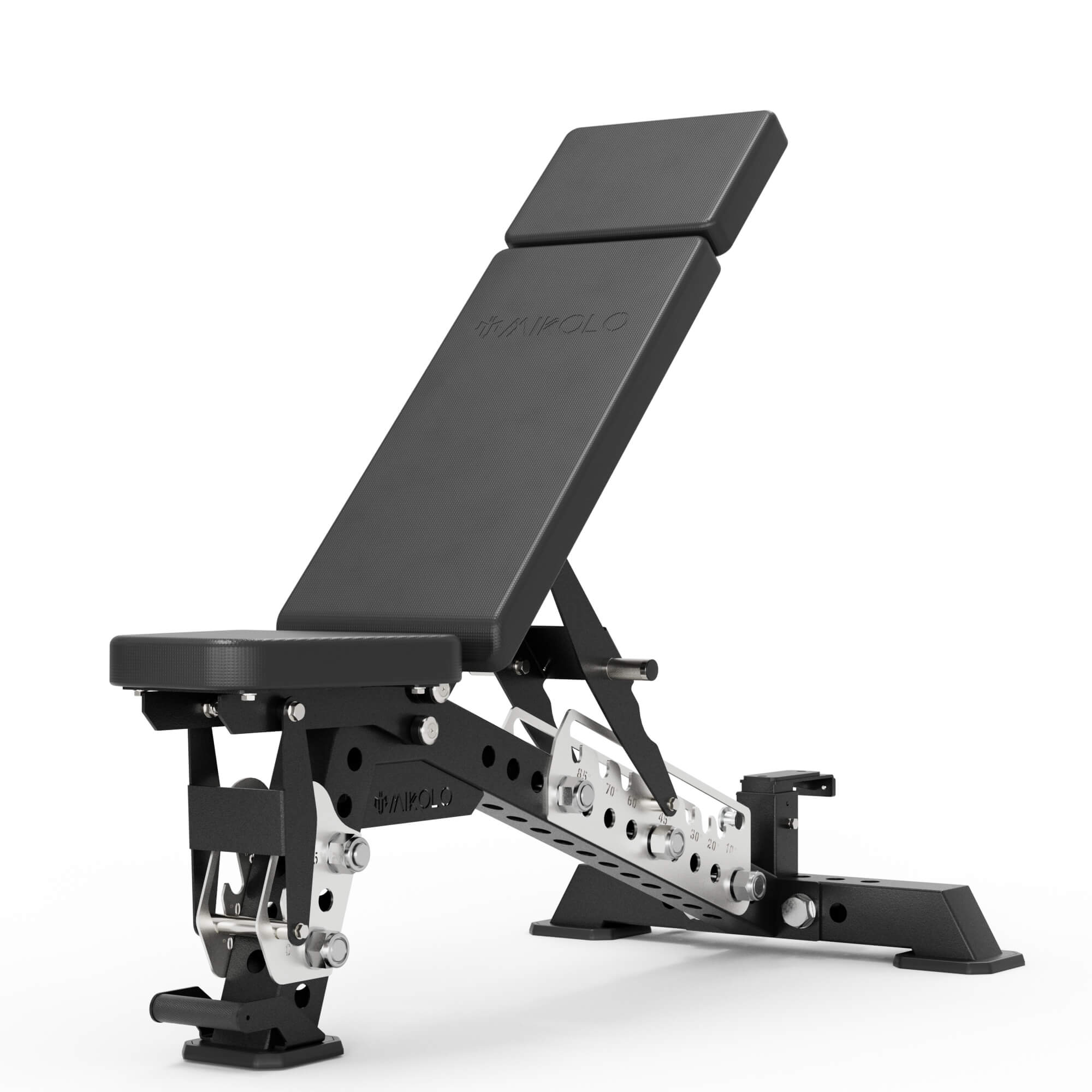


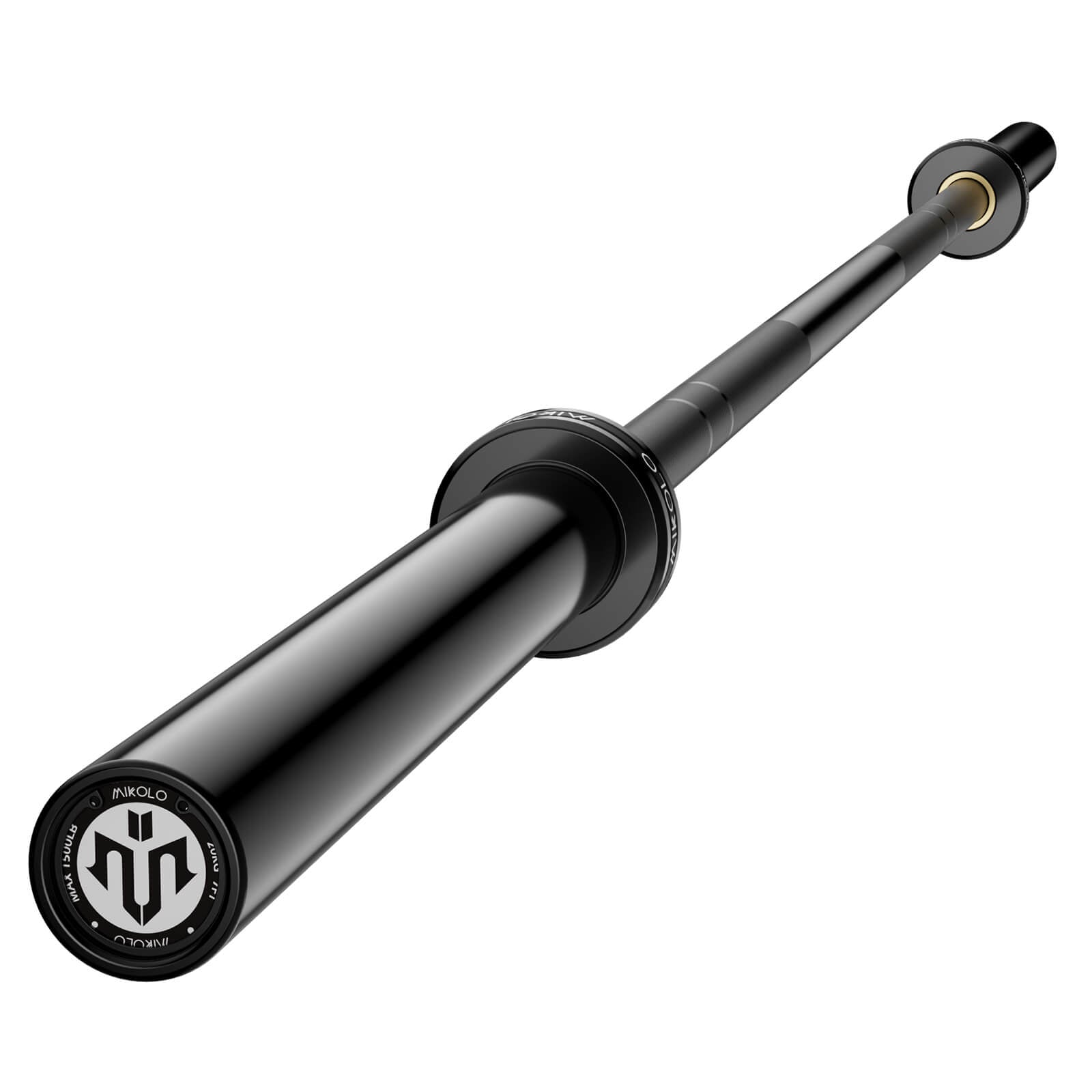

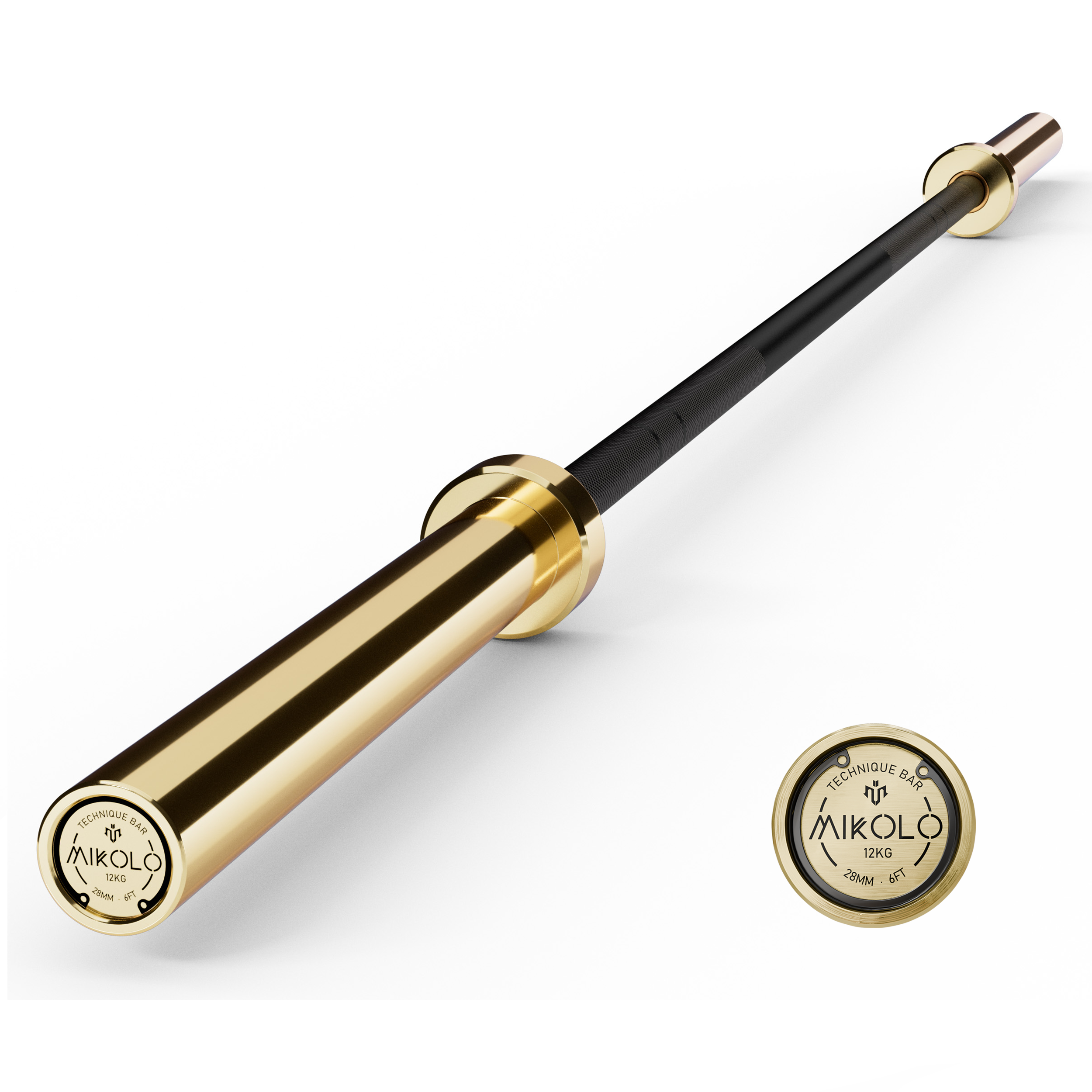
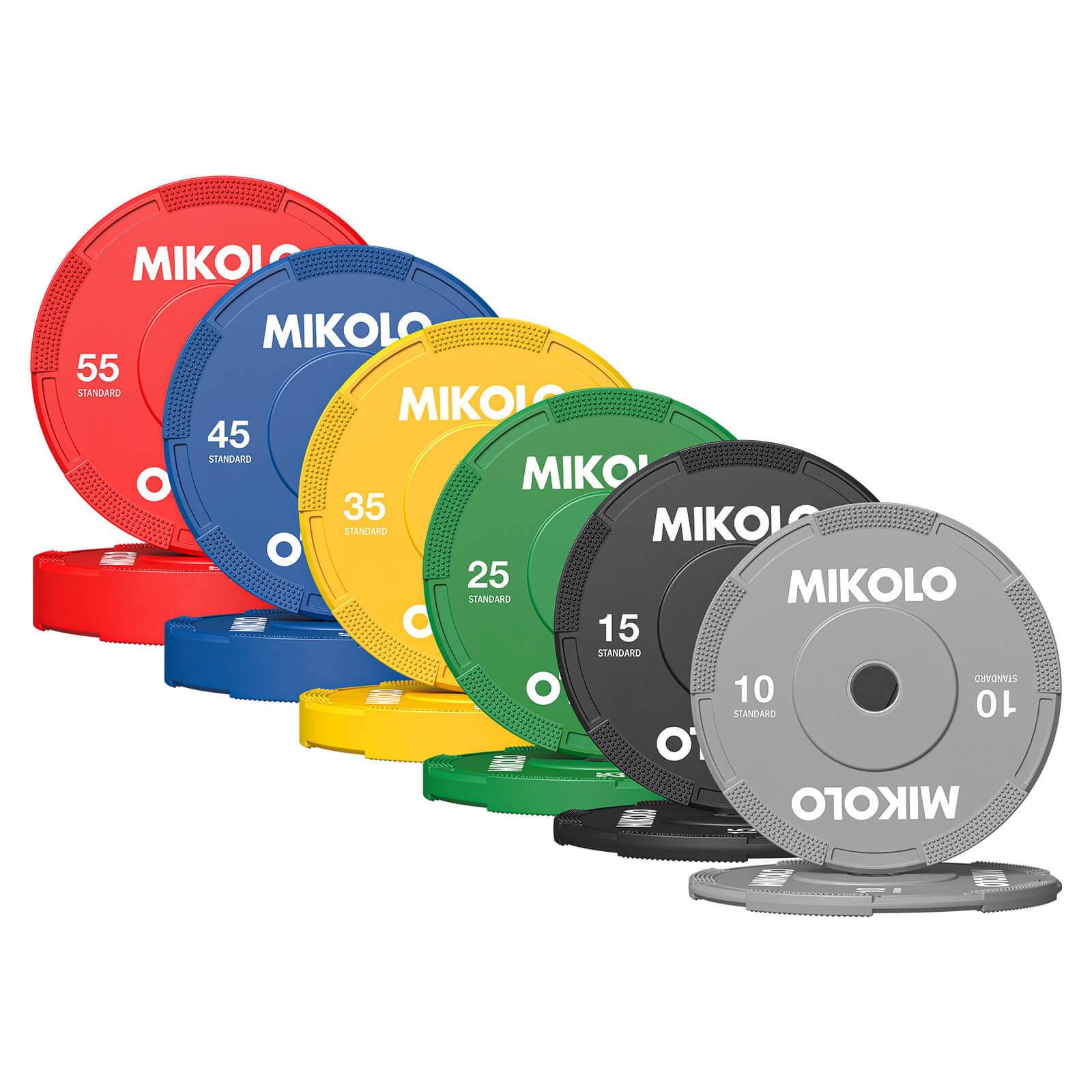
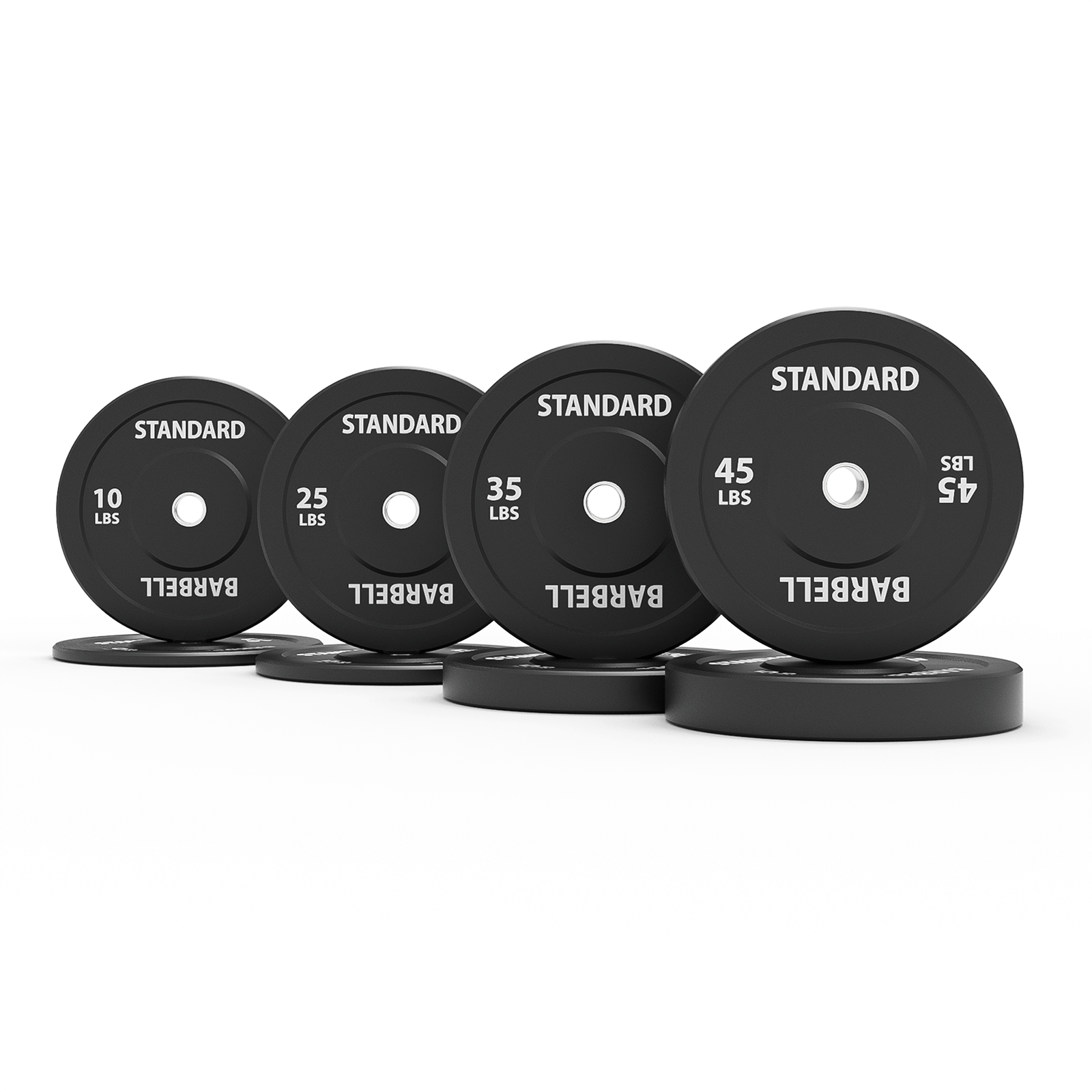
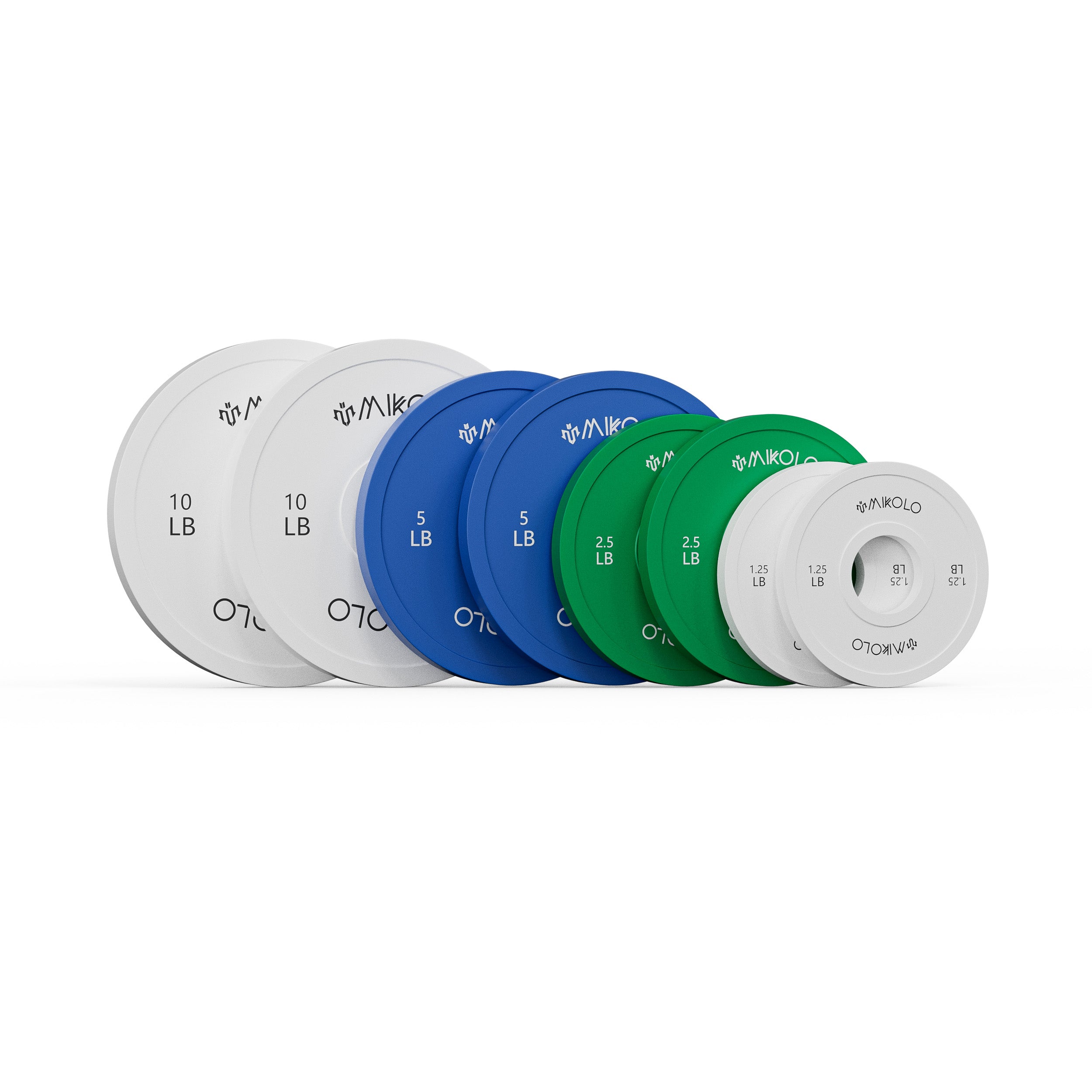
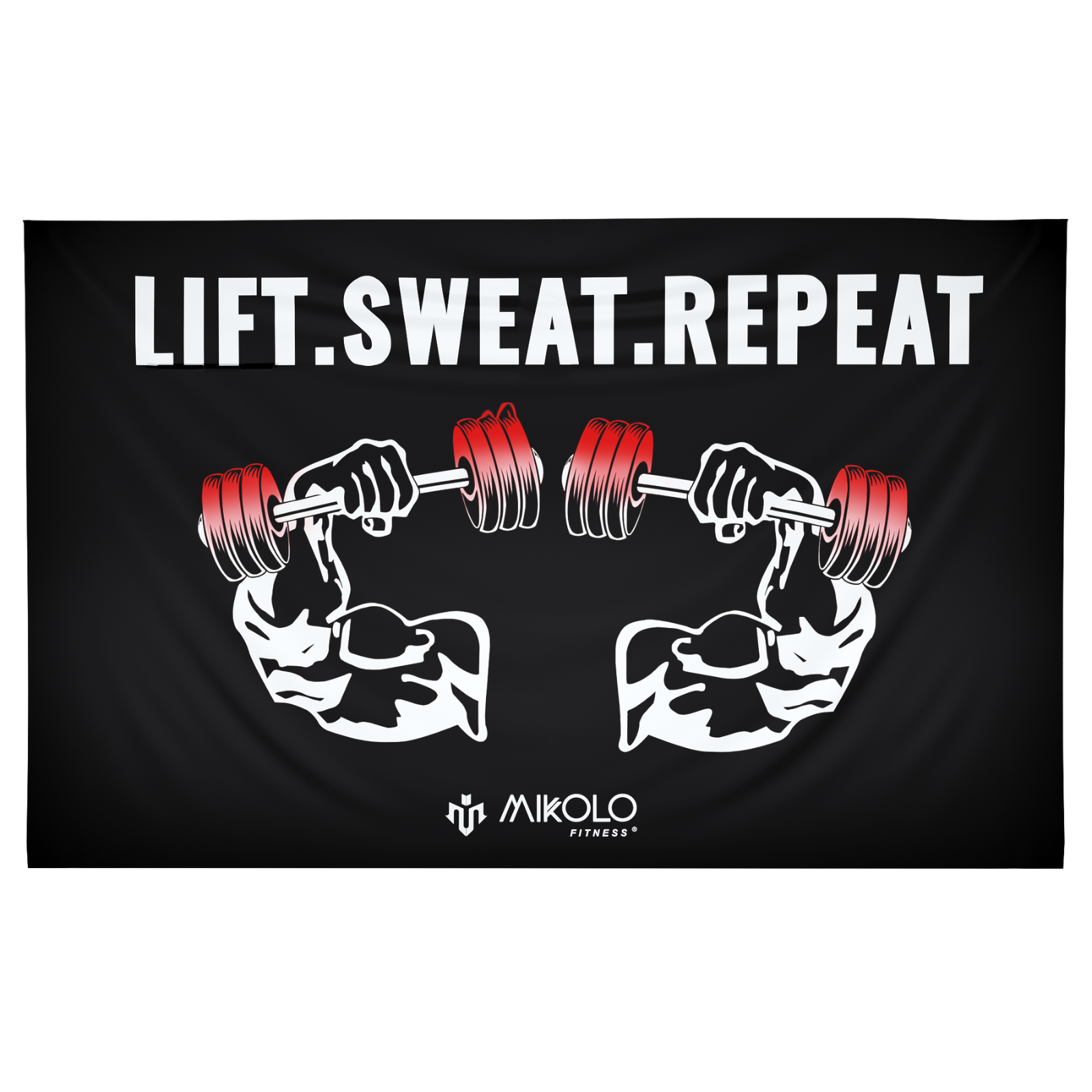
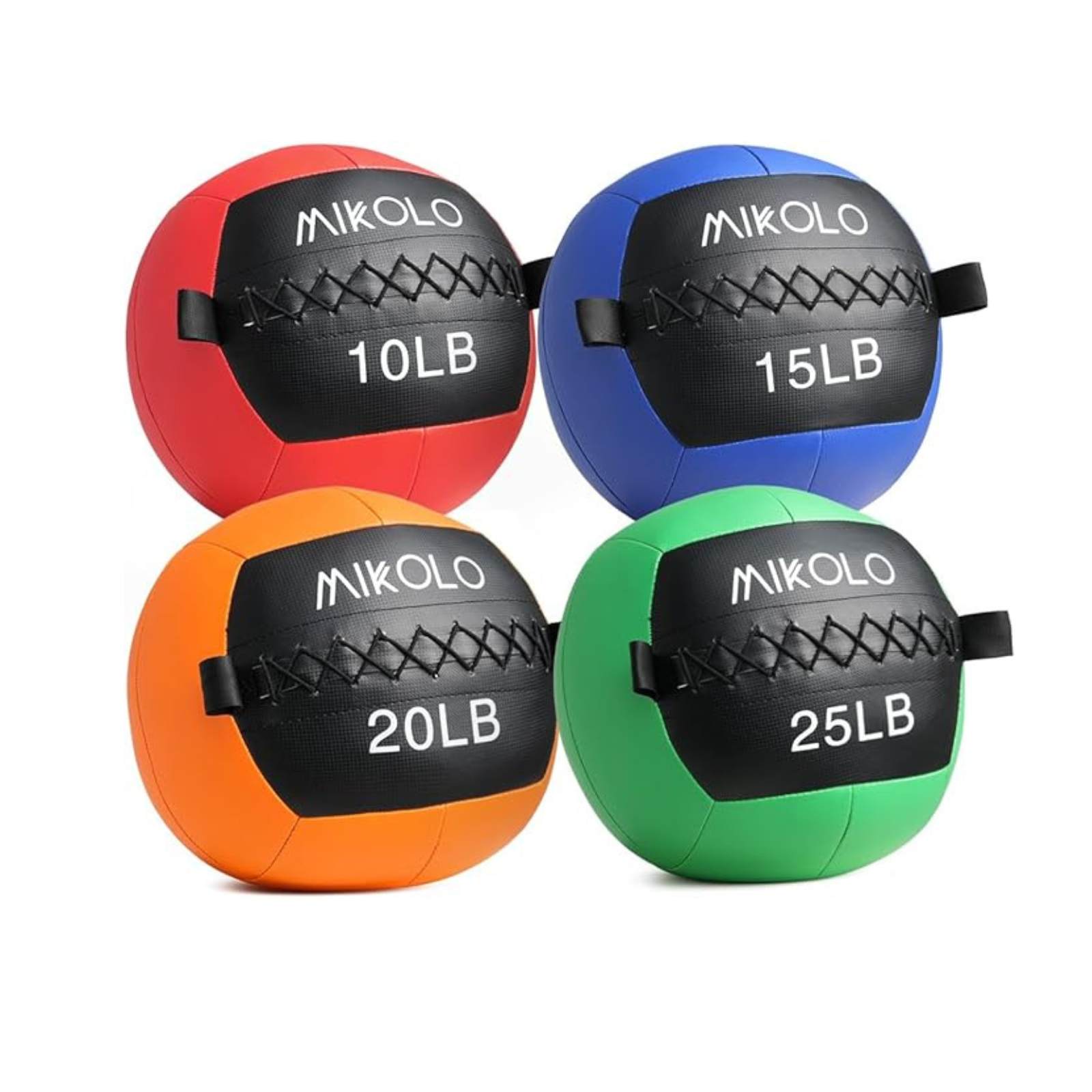
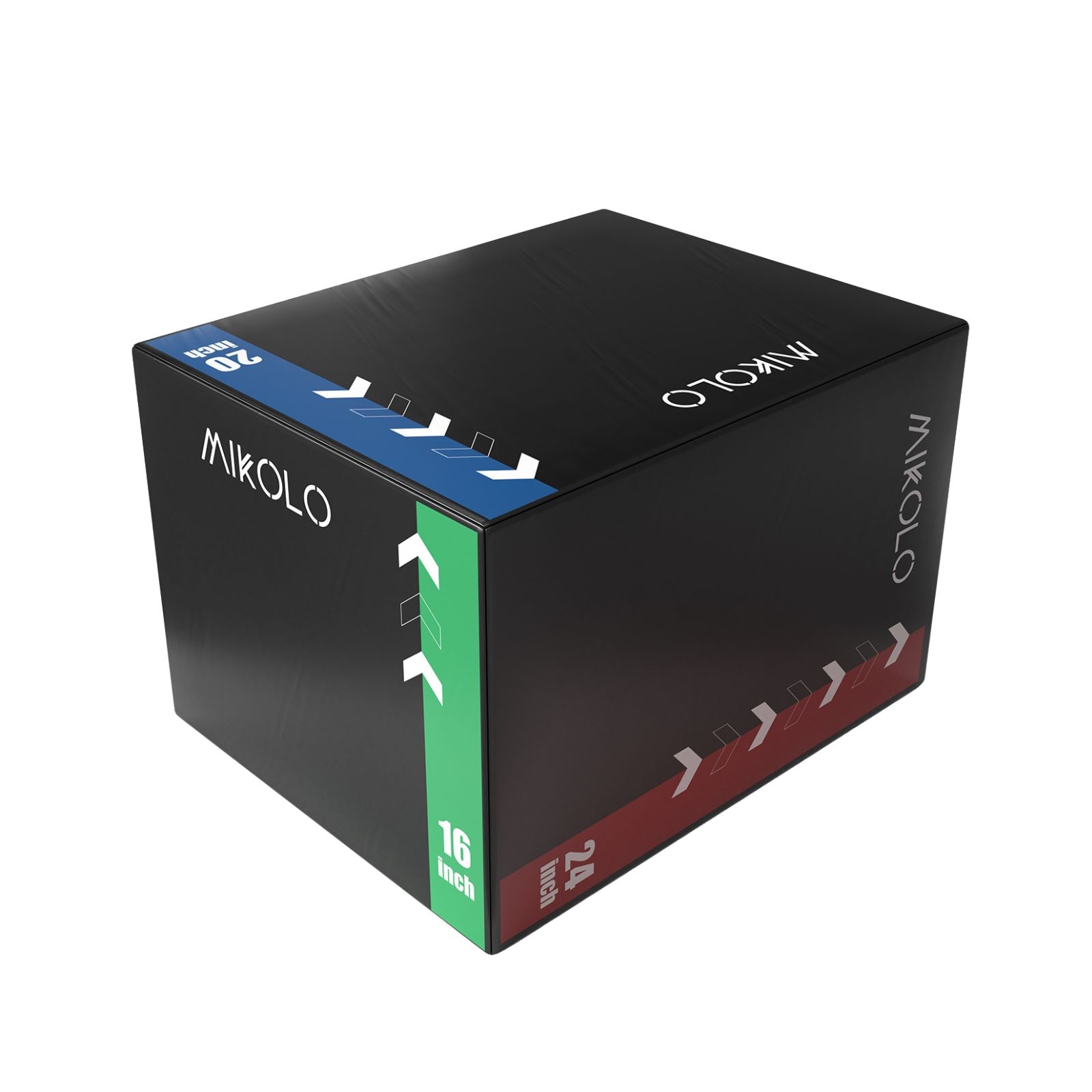

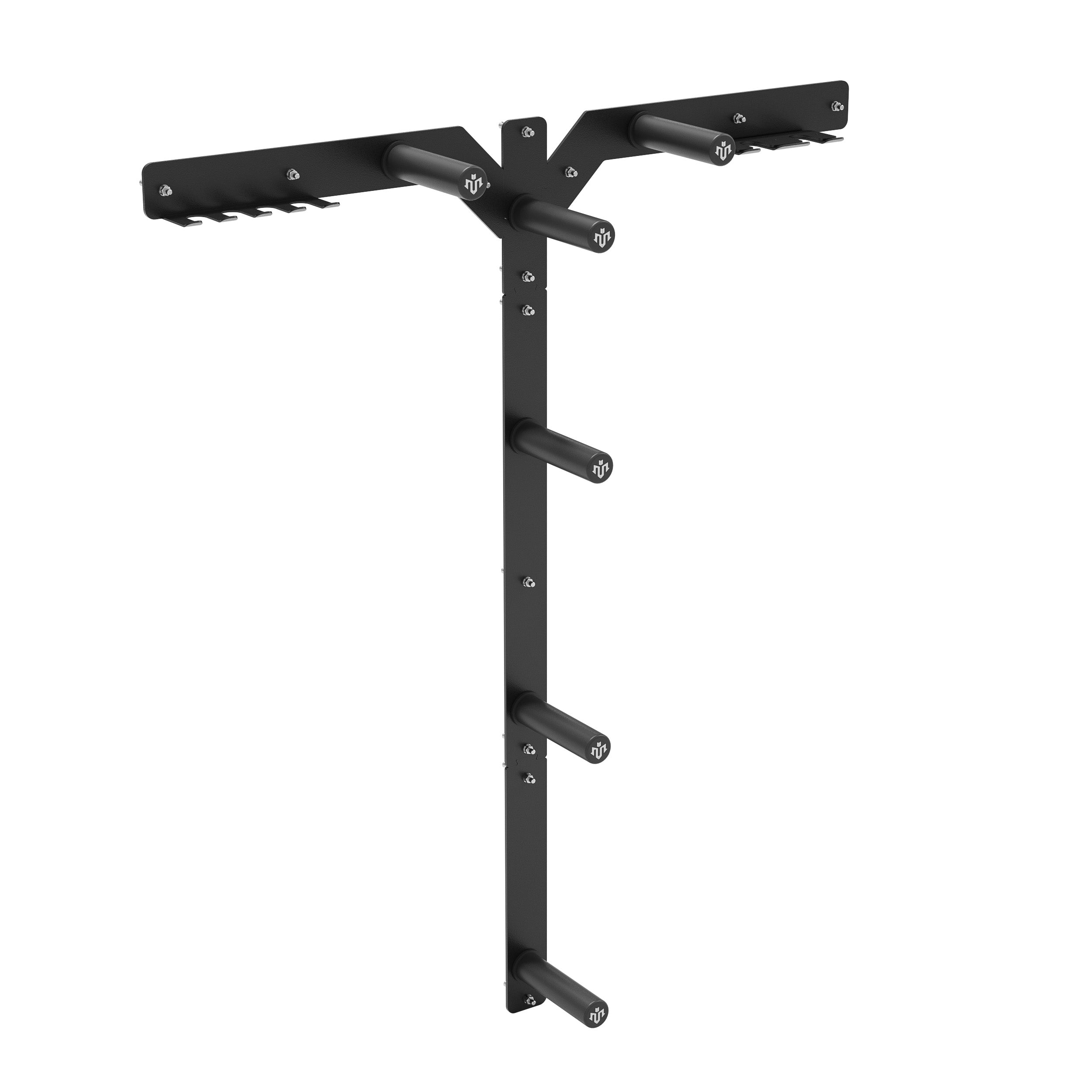




Leave a comment
This site is protected by hCaptcha and the hCaptcha Privacy Policy and Terms of Service apply.